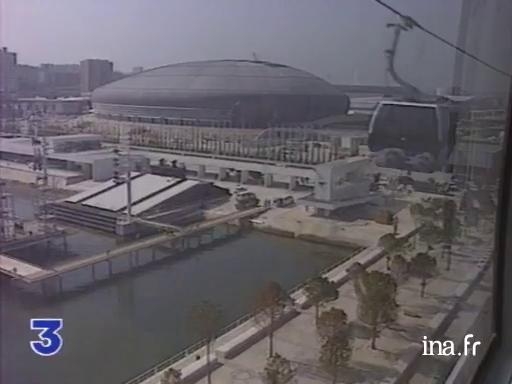Lisbon universal exhibit

Information
Report on the last universal exhibit of the millenium in Lisbon, which is dedicated to the oceans and the commemoration of the great Portuguese maritime discoveries. Presentation of the great works of this event: replicas of ancient Portuguese caravels, the Océanorium, the biggest European aquarium, the Pavillonde la Connaissance which presents the techniques of shipbuilding and the French pavilion.
Context
Created in the nineteenth century to celebrate the industrial advances made by the participating countries, the Universal Exhibitions - the first one taking place in London in 1951 - would allow for the flattering of national prides at a time of rising nationalism and the construction of great colonial empires. In the twentieth century, these universal exhibitions were progressively spaced out to allow room for the "specialised exhibitions", organised around a theme.
The Lisbon exhibition that took place from the 22nd of May to the 30th of September 1998 would be classed in the latter category as defined by the Bureau of International Expositions. On the theme of "Oceans, a heritage for our future", the Lisbon exhibition was first designed by the organisers to be a homage to the Portuguese navigator Vasco de Gama, 500 years after his discovery of the route to India. Each of the 140 participating countries appropriate this theme according to their identity, revealing scientific, technical, artistic or cultural aspects. The organisation of an international exhibition often gave the host town the opportunity to invest in large works which could then find a durable function. That is the case with the Oceanorium, one of the largest aquariums in Europe with 6000 cubic metres, open today to tourists.




















